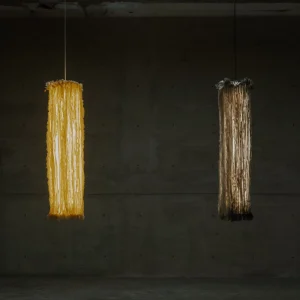Technological advances like solar panel road surfaces have always been more of a theoretical ideal, but soon, it could be a reality. Will the pay-out for renewable energy be worth it? France takes the first leap.
Last February, the French government initiated a plan to pave 1,000km of solar panel road over the next five years and it appears that they’re on track to achieving it.

Courtesy of AFP
The Normandy village of Tourouvre-au-Perche in France has been covered with 2,800 square miles of electricity-generating panels, which was inaugurated Thursday, 22 December, by France Minister of Environment, Ségolène Royal.
The road, estimated to hold up to 2,000 motorists per day, was built with construction company Colas’ Wattway technology and is expected to gain enough solar energy to light up the 3,400-person village.
Before building the road, road panels were tested at four parks across France and is now in its next stage. The project, which is part of the clean energy experiment has cost the country around €5m for construction. Although the cost is significant, the investment is predicted to come as a great advantage.
Forbes reports that, ’Wattway panels are composed of cells inserted, in superposed layers, inside a thin film of polycrystalline silicon which can be applied directly on the pavement.’
‘The cells are encapsulated in a resin substrate, to keep them rainproof, and the composite material is just a 7 mm thick, making it possible to adapt to thermal dilation in the pavement.’
 Courtesy of COLAS – Joachim Bertrand
Courtesy of COLAS – Joachim Bertrand
With an estimated 280 megawatt hours per year, the company hopes for a promising future in solar panel road surfaces. The new solar panel road will be observed and reviewed over the next two years, with lifespan and output being analysed closely.
Wattway Director, Jean-Charles Broizat, noted that the project is still in an experimental phase. ‘Building a trial site of this scale is a real opportunity for our innovation. This trial site has enabled us to improve our photovoltaic panel installing process as well as their manufacturing, in order to keep on optimising our innovation’.
There’s no guarantee that solar panel roads will prove as a worthy investment in the long term, but the government has proved that it's well on its way to creating a more sustainable future. Let's see what time reveals.
Do you think solar panel surfaces are the roads of the future? Tweet us @designcurial





